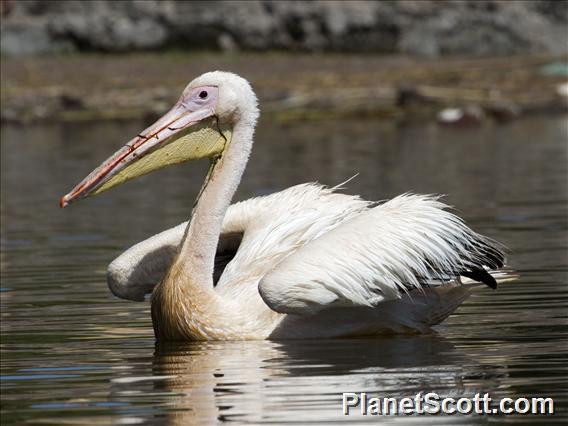Great White Pelican (Pelecanus onocrotalus)

Great White Pelican (Pelecanus onocrotalus)
×


Great White Pelican (Pelecanus onocrotalus)
About Great White Pelican (Pelecanus onocrotalus)
- Kingdom: Animals
- Phylum: Chordates
- Class: Birds
- Order: Pelicans
- Family: Pelicans
The great white pelican, also known as the eastern white pelican, rosy pelican or simply white pelican is a bird in the pelican family. It breeds from southeastern Europe through Asia and Africa, in swamps and shallow lakes.
Source: Wikipedia
Trips
Visits
-
2003-01-11
Walvis Bay, Namibia -
2006-01-09
Kheoladeo National Park, India -
2011-01-04
Lake Langano - Bishangari Forest, Ethiopia -
2011-01-06
Lake Awasa, Ethiopia -
2011-01-15
Lake Ziway, Ethiopia -
2013-10-25
Lake Nakuru National Park, Kenya -
2017-01-08
Queen Elizabeth II National Park, Uganda -
2017-01-13
Mbabara, Uganda -



